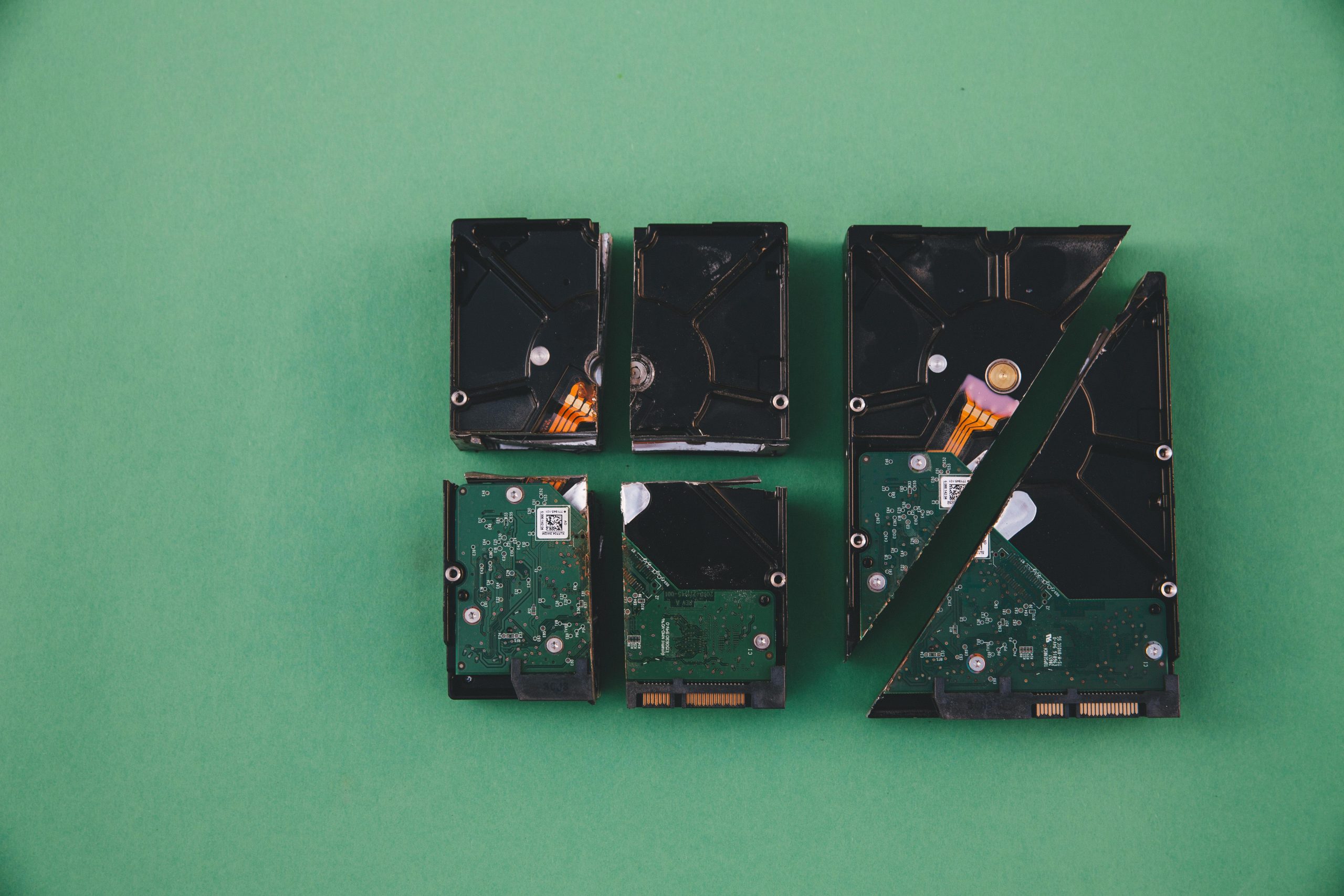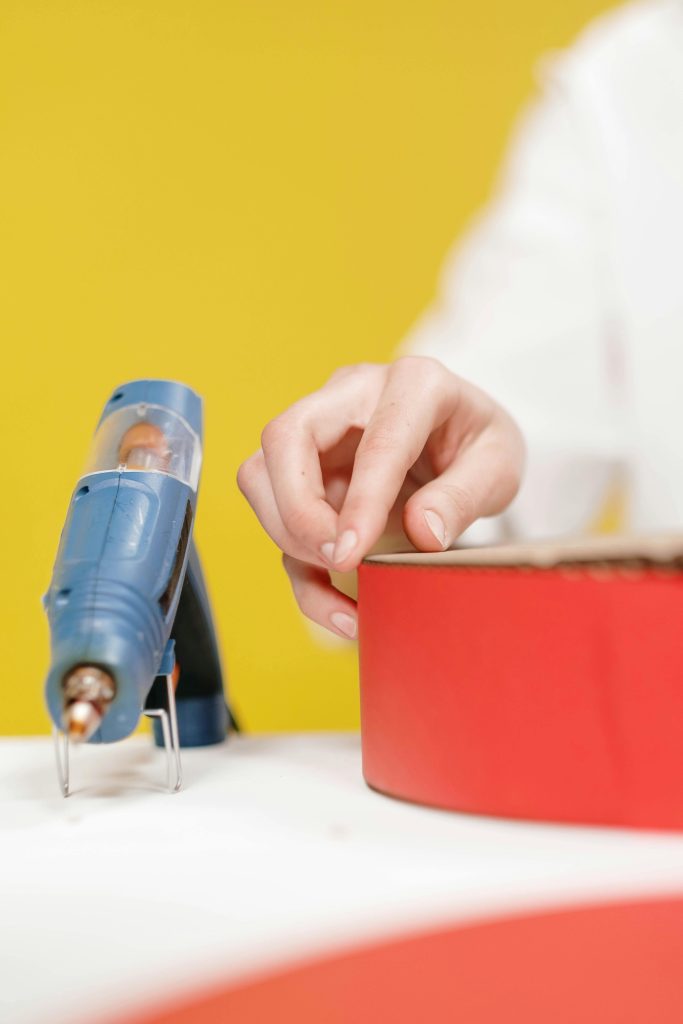Recovering Data from a Damaged External Hard Drive: Is It Possible?
External hard drives are essential tools for data storage and backup, offering convenience and portability. However, they are susceptible to physical damage, which can pose significant challenges when trying to recover valuable data. If you find yourself in a situation where your external hard drive has been physically compromised—as in the case of a broken USB port—it’s natural to wonder whether data retrieval is still feasible or if disposal is the only option.
Understanding the Damage
In the scenario described, the hard drive’s USB port has become damaged, rendering it unusable via standard connection methods. Interestingly, the drive still appears to have its SATA interface intact, identifiable by the separate port with gold contact bars, suggesting that the internal storage component remains physically unharmed.
Key details:
– USB port is ripped off
– SATA interface remains accessible (visible on the drive)
– Data may still be intact on the drive’s platters or SSD chips
Is Data Recovery Possible?
The short answer is: potentially, yes. The fact that the SATA port is still present and undamaged opens the door to alternative recovery methods beyond the usual USB connection.
Recommended Steps for Data Retrieval
-
Assess the Physical Damage Carefully
Avoid further damage. Do not attempt to force the drive into a computer or manipulate it excessively, as this could hinder recovery efforts. -
Use a SATA to USB Adapter or Docking Station
Since the SATA interface is accessible, you can connect the drive directly to a computer using a SATA-to-USB adapter or an external docking station designed for 2.5″ or 3.5″ drives. This bypasses the damaged USB port entirely. -
Connect to a Compatible Computer
Once connected, power on and see if the drive is recognized by the operating system. If detected, back up your data immediately. -
Utilize Data Recovery Software if Needed
If the drive appears but the data isn’t accessible, employ reputable data recovery software to scan and retrieve files. -
Consider Professional Data Recovery Services
If the drive isn’t recognized or physical damage appears more severe, consult professional data recovery specialists. They have specialized tools and cleanroom environments for more complex cases.
Precautions and Final Advice
- Avoid DIY Repairs on Internal Components
Opening the drive’s casing to repair or replace parts without proper equipment
Share this content:



